India’s complexity is a perennial source of inspiration for commentary, columns and books.
Shrayana Bhattacharya, a World Bank economist, joins the list of authors who have tried to explain India with their books.
The book is about contemporary Indian women.
Ms. Bhattacharya, who trained in development economics at Delhi and Harvard university, uses her years of experience in primary research, to bring us her own, and stories of women from a cross-section of society.
The cornerstone of these stories is Shah Rukh Khan, one of India’s most famous movie stars.
In a career spanning over three decades, Mr. Khan has built, through his cinema and his off-screen presence, an image of an ‘industry outsider’ who dominates the Hindi film industry with the dint of his hard work and sincerity.
His choice of unconventional roles for a leading man, in the early part of his career, and his off-screen image of a loving husband and family man stand him apart.
This is in contrast with the usual tropes of a male Hindi movies star , the good guy who charms his way to audiences’ heart on screen and whose umpteen romantic dalliances they read in the press.
Khan’s popularity, in the Hindi heartland and amongst the diaspora, is the string Bhattacharya uses to stich tales of gender disparity and loneliness.
We get a ringside view, Bhattacharya takes us through her own and lives of five other women, as they struggle with lack of income opportunities, denial of agency and grapple with every day challenges of living in India, exaggerated by their gender.
What holds these women together is their love for Khan’s cinema and in turn Khan himself.
When they need joy, inspiration in their lives and an escape from every day struggles, the women seek Khan’s onscreen roles and his offscreen persona.
The pictures that Bhattacharya paints, are colored by facts.
The protagonists of her stories come alive, unlike in Khan’s movies, as she vividly explains their lives with a sharp eye for detail.
When giving context to their struggles, she backs her submissions with reams of hard data.
Annexures include a table that captures share of dialogues for women in some of Khan’s movies.
She gives the women who shared their stories and their unbound love for Khan with her, their own voice.
The writing is not rhetorical flourishes with clichés thrown in. That bane of most commentary on India. The book engages.
Even for those who live in India and see the every day reality, the book is thought provoking. The passage where she describes the transactional nature of relationships is worth a chapter of its own.
Where the book misses out is on exploring the other impact of Khan’s filmography.
Barring notable exceptions, Khan’s work since his seminal hit Dilwale Dulhaniya Le Jayenge, has comprised of Yash Raj school of saccharin cinema.
Movies where characters are super rich, beautiful with ‘love’ as the only thing missing in their lives.
It’s the kind of cinema that’s as far from the everyday India as cinema can get.
Khan and his cinema have done their bit in building the hegemony of ‘How much money do I make? How do I look?’ lifestyle.
The characters in her book struggle with these questions too.
Khan’s role in shaping a consumerist, trying to ‘fit in’/ ‘cool’ individual persona is left unexplored.
I found Khan’s portrayal as an all-India star an over-played hand. Khan’s as much a pan India phenomenon as Dal Makhani, the ubiquitous North Indian delicacy, is a pan India delight. The cinema crazy south Indian states have temples of their movie stars and Khan is not in one of them.
As she writes on the state of affairs, Bhattacharya skips the raging phenomenon sweeping urban India. The Dating app. Where the society has failed markets have stepped in. Technology is helping even the scales for women. The progress is slow and it does not include the majority but it’s a start.
India is a large complex place with everyday challenges being met head on by a young and an energetic populace.
Bhattacharay’s book captures some of these challenges and the forces taking them on, impeccably.
Anybody trying to get a sense of the churn going through India and its society will be well served by this book.
One hopes her fellow commentators will be inspired by her lucid writing and her love for data.
Category: India
Episode 8: The Guptas and Classical Age of India
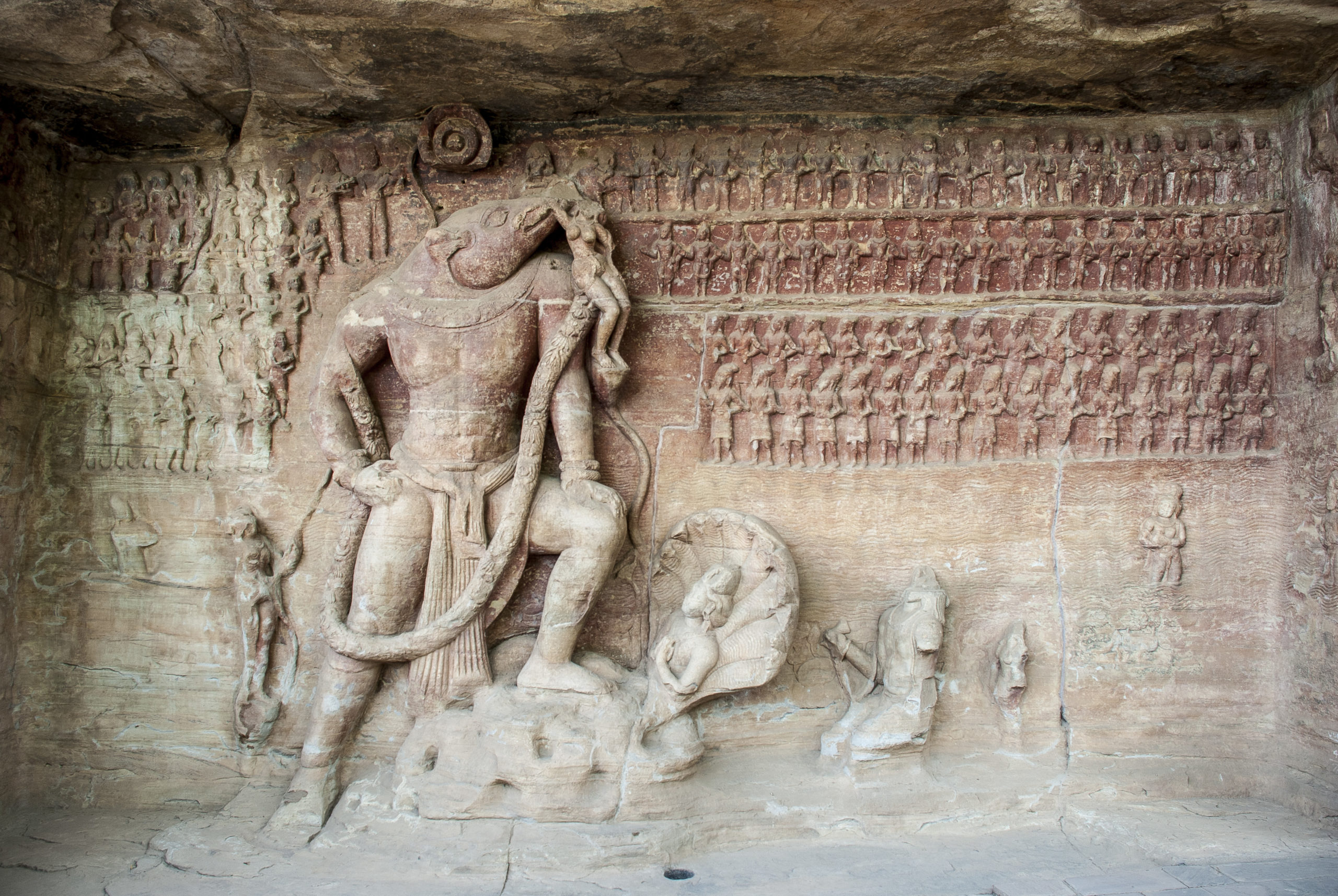
© Asitjain / Wikimedia CommonsAnother Browncast is up. You can listen on Libsyn, Apple, Spotify, and Stitcher (and a variety of other platforms). Probably the easiest way to keep up the podcast since we don’t have a regular schedule is to subscribe to one of the links above!
In this episode of the History series, we return to North India and talk about the Age of the Guptas. We touch upon the military genius of Samudragupta and various Gupta emperors, the emergence of Classical Hinduism and various forms of Art, Music, Science which consolidated during this era. The speakers of the episode are Gaurav Lele and Jay Vardhan and the discussion is moderated by Maneesh.
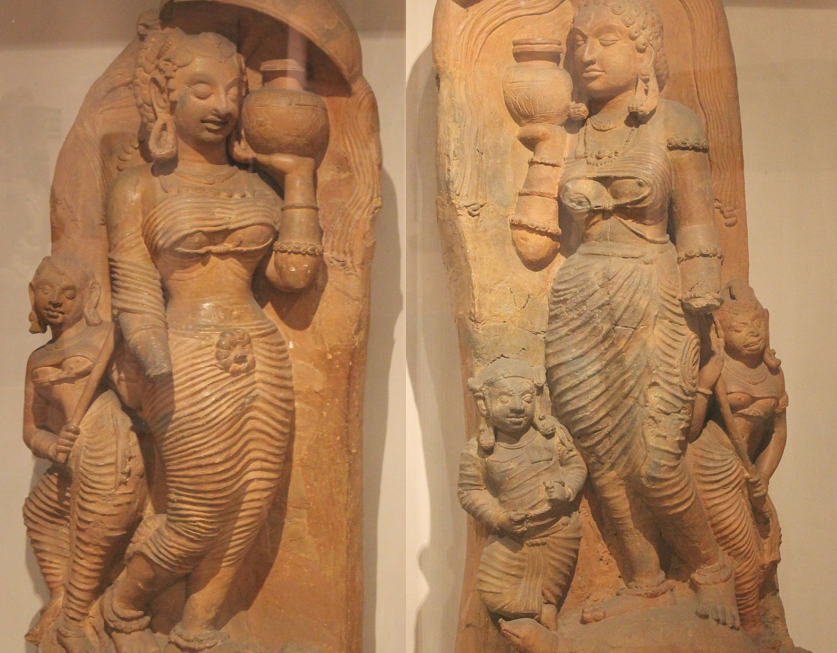
@jayvtweets @maneesht @gaurav_lele
Links to the previous podcasts: Episode 1; Episode 2; Episode 3
Episode 4: Episode 5: Episode 6 Episode 7
Supplementary blogpost : Legacy of the Gupta Age – Brown Pundits
Sources and References:
Books and Blogs
Upinder Singh – Ancient India.
Upinder Singh – Political violence in Ancient India.
Upinder Singh – Culture of Contradictions.
Romila Thapar – Ancient History
RS Sharma- India’s Ancient Past
Gupta Vakataka Age RC Majumdar
Live History India (Paid + unpaid)
Early Hinduism — the epic stratification | by Gaurav Lele | Medium
PODCASTS:
The History of India Podcast – Kit Patrick
Echoes of India Podcast – Aniruddha Kanasetti
https://www.youtube.com/JayVardhanSingh
Kashmir Files : Short Review
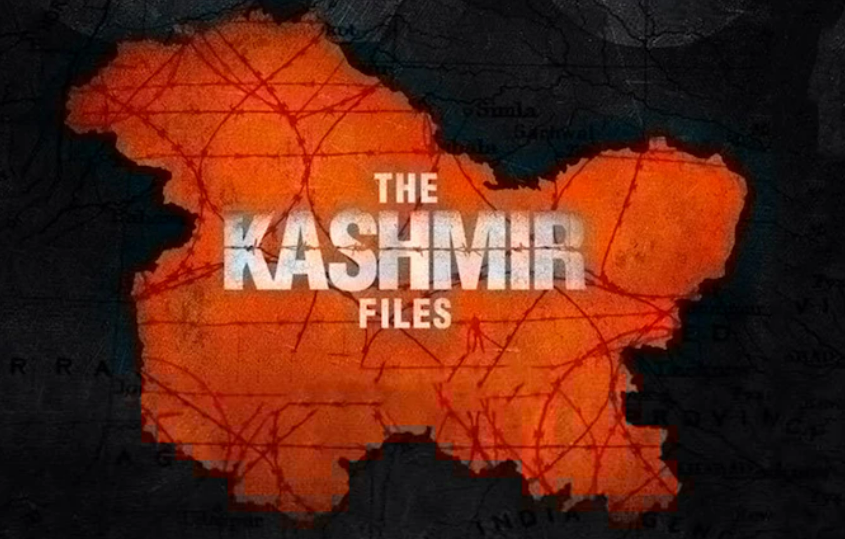
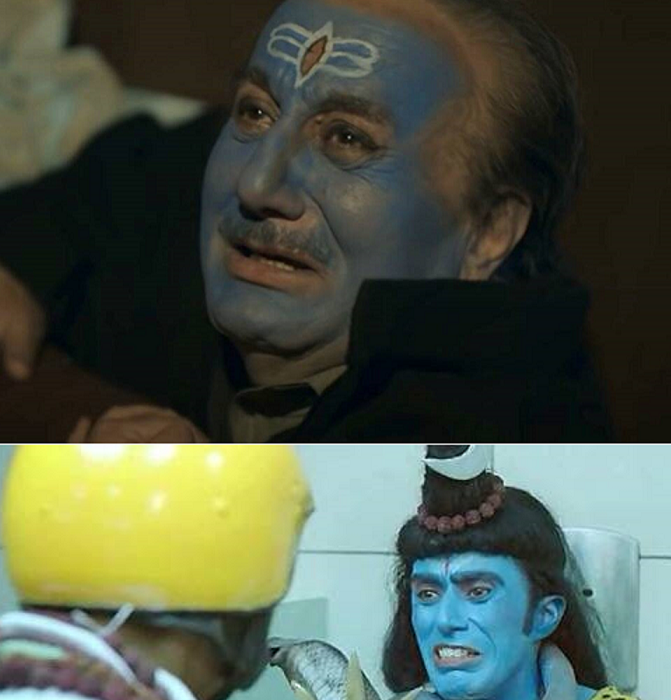
Posing as a South Asia expert: Brahminical patriarchy edition
This research article will be submitted in the new journal Intersectional Gender and South Asian studies. Dedicated to VisionIAS - especially Smriti Shah
Roots of divergence between Bangladesh and the rest of South Asia
South Asia in general has been a diverse place demographically as well as geographically. Unlike the myth of ancient civilization conjured up by well-meaning anti-colonialists in the 19th and 20th centuries, South Asia neither had a coherent identity nor a dominant mass religion. It only became a political unit after the forceful amalgamation of different polities under the Colonial British Raj. Since getting independence, Bangladesh has diverged a great deal not only from former West Pakistan but also from India. Not only in economical terms but also in terms of women empowerment. Unlike most democracies, Bangladesh has been governed by women for a significant duration of time since its independence.
What explains this divergence? Especially between North Western South Asia and North Central South Asia on one side and Eastern Central South Asia, Western Central South Asia and South Eastern South Asia on other ? Continue reading Posing as a South Asia expert: Brahminical patriarchy edition
Browncast : Karnataka hijab issue
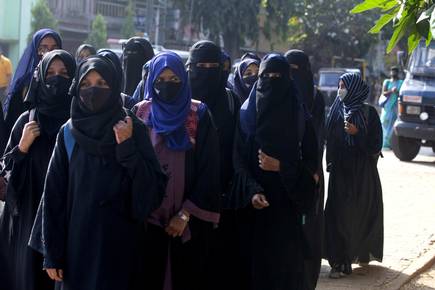
Another BP Podcast is up. You can listen on Libsyn, Apple, Spotify, and Stitcher (and a variety of other platforms). Probably the easiest way to keep up the podcast since we don’t have a regular schedule is to subscribe to one of the links above!
Karnataka hijab issue
This discussion has a lot of digressions and tangential issues but it is a discussion worth having. Leaving aside the Hijab controversy, how India is represented (or more misrepresented) in global media (arguably of both sides) is something Indians have to confront. Maybe that’s a separate podcast why India and Hindutva which is certainly moderate when compared to polities of the subcontinent get such a bad rep. I would lay the blame more on the Indian origin interlocuters than any foreign design (though that bias is undeniable).
I would even go on to add that the Western world, in general, hasn’t treated most non-Western countries as sovereign nation-states. I guess if sovereignty is treated as sacrosanct by people of Indian origin, inspite of personal biases some semblance of balance would be maintained in the “India” discourse
The Lavanya suicide and journalistic priorities
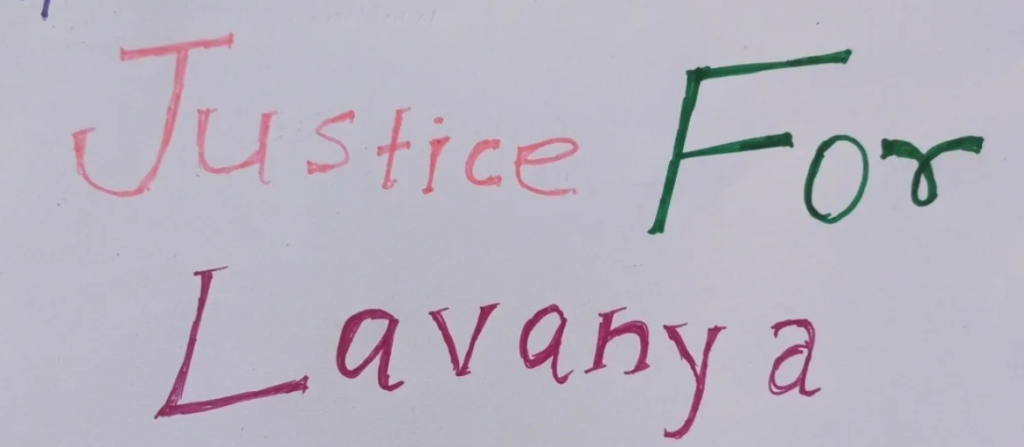
THIS IS A RANT
Just finished reading a longish piece on the suicide of the girl named Lavanya in The News Minute – Link
Its a longish article – which doesnt try to get to the bottom of the death but makes the priorities of the author clear in ascending order
- Investigate how BJP/VHP/RSS have a network in TN and want to grow it using cases like Lavanya.
- How Christians believe in “forgiveness” virtue
- Periyar Ambedkar Anna statues.
- What really happened to Lavanya
Of course no one would deny that Sangh parivar would try to catch on to whatever it can to gain ground in the Dravidian bastion of Tamil Nadu. Isnt that what people who want power do ? Or is it just a ticket to politics for Jignesh Mevanis of the world and not for Muthuvel Ariyalur ?
Had it been simply a case of ignoring the incident – as many in TN seem to be doing it is a different thing altogether. However what is clear reading the article is the concerns of the writer are with the potential of this being used as a flank for expansion of Hindutva in the Tamil lands not the death of a poor girl (by whatever reasons).
An example of author’s words
Now, with the Madras High Court showing no confidence in the Tamil Nadu police and ordering a CBI probe into the suicide, the BJP seems to have managed to sneak one past the ruling dispensation in a state where Hindutva has traditionally been outshouted by the Dravidian ideology.
The paragraph titled “A consistent campaign against Christian evangelism” has a section that reads follows
Aronkumar argued that “only god can dispense justice” and said he has no regrets about forgiving Muthuvel and Sekhar. “After us, they also attacked a group of young evangelists in a village. Then they attacked an elderly Christian lady who was helping terminally ill patients in the government hospital in Ariyalur,” he said. “But all of us forgave Sekhar and Muthuvel. That is the Christian way.”
While the piece ends with some absurd takes on statues, it doesn’t try to even address what may have happened to the poor girl.
Only thing missing the TNM piece is the Brahmanical Patriarchy angle.
Its not the Hindutva movement or their arguments that have worked on me bringing up my Saffron side every now and then – its the gems of journalism and opinions like these that try pushing me on the Saffron side. Krishna save the Indian journalism.
History of India Series: Episode 4 – The Vedic Age
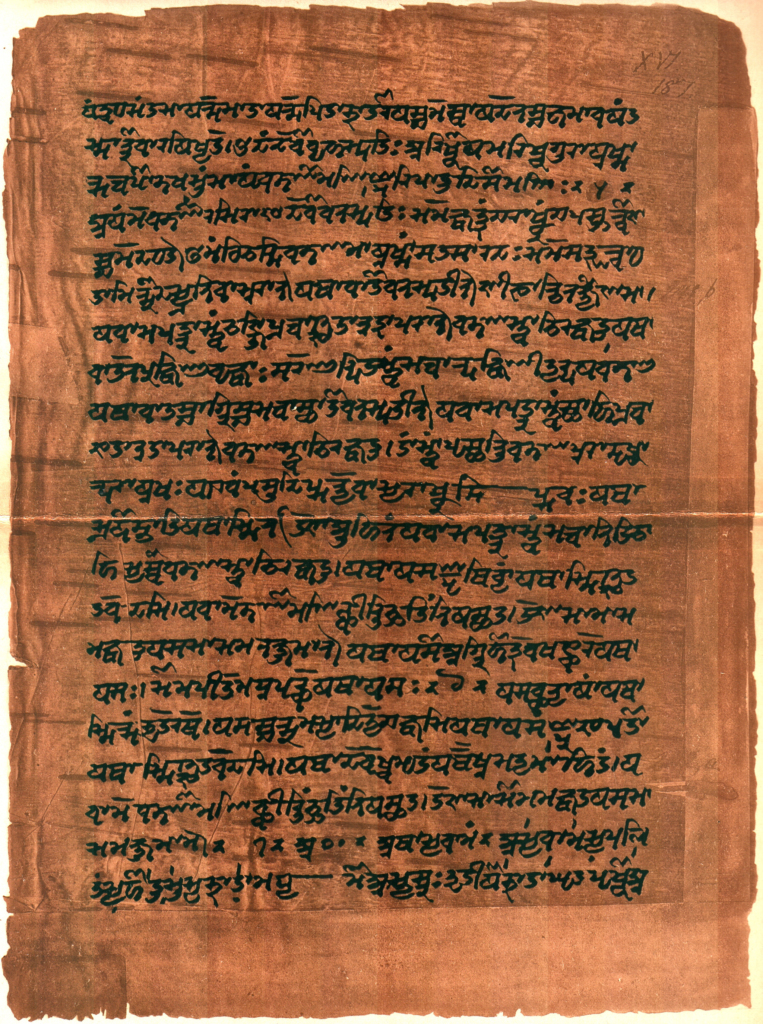
The History Podcast reaches the Vedic age. Our speakers talk about its origins, its literature, its culture, and the legacy of the Vedic Age. Varna system makes an appearance as does Pythagoras Theorem. Amongother things, our speakers talk of Vedic recitation techniques and different layers of Vedic literature. Maneesh Taneja in conversation with Shrikanth Krishnamachry and Gaurav Lele. @maneesht @shrikanth_krish @gaurav_lele
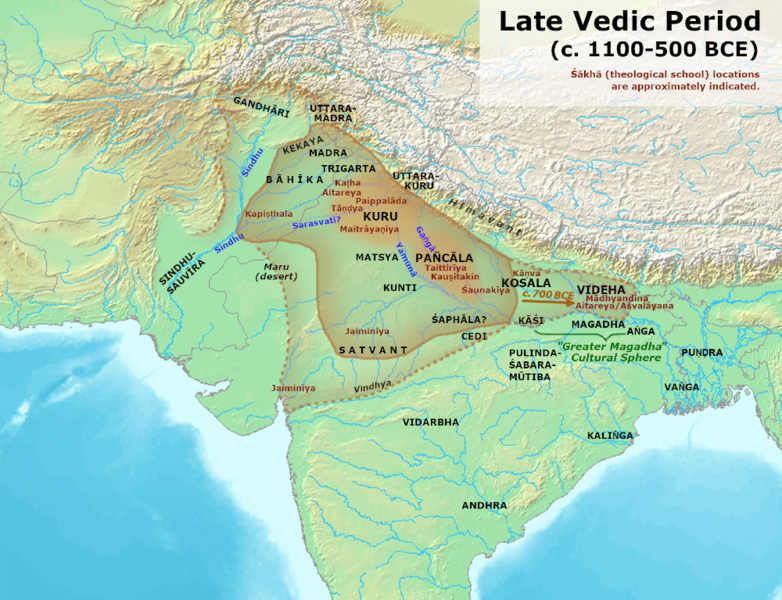
You can listen on Libsyn, Apple, Spotify, and Stitcher (and a variety of other platforms). Probably the easiest way to keep up the podcast since we don’t have a regular schedule is to subscribe to one of the links above!
Links to the previous podcasts: Episode 1; Episode 2; Episode 3
References:
History of Ancient India – Upinder Singh
R Sharma Ancient India
Romila Thapar – Early India
Live History India – LHI Circle (Paywalled)
Frits Staal -;
1. Discovering the Vedas :
2. On the meaninglessness of ritual
Michael Witzel –
On Kuru state and Early Sanskritization
On Vedic religion
On the localization of Vedic texts :
Manasataramgini :
Numeric analysis of certain aspects of Rig Veda
On the Vedanta – Nastika interface (relevant to the discussion we had on vegetarianism)
On guide to Vaidika svaras
On the rise of sectarianism in a Vedic context
On Mandalas of RV and authorship
On Spitzer Manuscript
Vedic Source texts: https://vedicheritage.gov.in/
On Traditional vaidIka education :
Interview with Mani Dravida Sastrigal (in Sanskrit)
Lectures in Hindi by Mani Dravida Sastrigal
Lectures in Tamil by Mani Dravida Sastrigal
List of Veda Pathashalas: https://sanskritdocuments.org/doc_veda/vedapathashala.html
GhanapAtha recitation illustration
FE Pargiter on the Puranic historical tradition
Browncast: Both sides of the Aryan debate

Another BP Podcast is up. You can listen on Libsyn, Apple, Spotify, and Stitcher (and a variety of other platforms). Probably the easiest way to keep up the podcast since we don’t have a regular schedule is to subscribe to one of the links above!
This episode was a spin-off of the history of India series we are creating. As we touched on the OIT/AIT debate in the IVC episode we thought maybe we should bring both sides of the debate on a common good faith platform and have a debate. In this episode, we have Kushal Mehra of the Carvaka, Kartik Mohan, Razib Khan, Mukunda, and me discussing the Aryan question. It was a good discussion though I doubt if it will be a great podcast to listen – but it is what it is.
As episode notes – I have written a blogpost putting my position on record – something which I wasn’t able to do well in the podcast due to a variety of reasons.
A big thanks to Kushal Mehra and Kartik Mohan for the podcast.
Both sides of the Aryan debate
History Series Podcast: Episode 3 – All about IVC
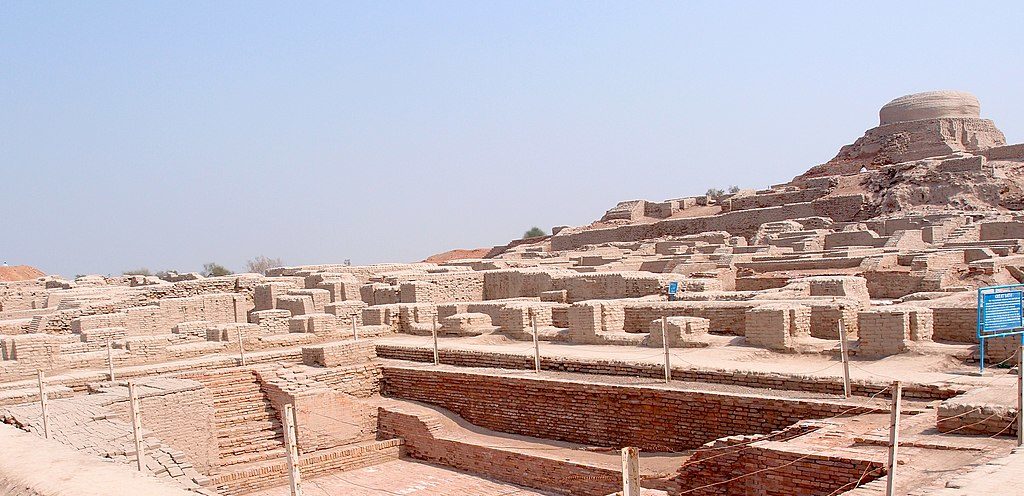
Episode 3 of The History of the Indian Sub-continent series takes us to the Indus Valley Civilization (IVC). Our panel journeys from the banks of the Oxus River to the Deccan plateau. We connect the genetic and archaeological dots, speculate about people whose scripts we are yet to decipher, talk about what they did for a living, their towns, and what are the missing blocks in our understanding of that age. The Dancing girl from Harappa makes an appearance as do textiles and we ask if the great bath of Mohenjo Daro was really the great bath or was it something else.
Joining Maneesh Taneja in this conversation are Razib Khan, Gaurav Lele, Mukunda Raghvan, and Shrikantha Krishnamacharya.
We look forward to your comments and feedback.
Speakers & their Twitter handles: Razib Khan – @razibkhan, Gaurav Lele- @gaurav_lele, Mukunda Raghvan- @raghman36, Shrikanth Krishnamachry – @shrikanth_krish and Maneesh Taneja- @maneesht
You can listen on Libsyn, Apple, Spotify, and Stitcher (and a variety of other platforms). Probably the easiest way to keep up the podcast since we don’t have a regular schedule is to subscribe to one of the links above!
Links to the previous podcasts: Episode 1; Episode 2;
Also, find this supplementary blog post: Some miscellaneous points about Indian Prehistory
Links to Sources/Reference Material:
Harappa.com is arguably the best source of all information about the IVC.
- https://razib.substack.com/
- https://reich.hms.harvard.edu/
- https://scholar.harvard.edu/vagheesh/home
- https://razib.substack.com/p/podcast-countdown-to-2021-day-2-vagheesh
- India genetics – Gene Expression (gnxp.com)
- Reconstructing Indian Population History (nih.gov)
- Genetic Evidence for Recent Population Mixture in India (nih.gov)
- The Formation of Human Populations in South and Central Asia (nih.gov)
- An Ancient Harappan Genome Lacks Ancestry from Steppe Pastoralists or Iranian Farmers – PubMed (nih.gov)
- Interview with Iravatham Mahadevan
- Jonathan Kenoyer on Indus Valley textiles
- Jonathan Kenoyer on Indus script
- Michel Danino on Indus cities
- Razib podcast with Vageesh Narasimhan
- Manasataramgini blog on writing in Early India
- Upinder Singh – Ancient India
- Romila Thapar – early India
- RS Sharma India’s Ancient Past
- Killing the priest-king ( Adam Green)
- Most of Razib Khan’s blogs and Substack
- Michael Witzel. http://michaelwitzel.org/
- Michel Danino. https://bit.ly/3yhJIZ0
- Asko Parpola – Roots of Hinduism
- Dandekar BORI – Lectures on Hinduism
- Irawati Karve – Hindu society/Kinship and other works
- Horse Wheel Language – David Anthony
- Babylon – Paul Krizawzek
History Series Podcast: Episode 2 – Indian Prehistory through Genetics
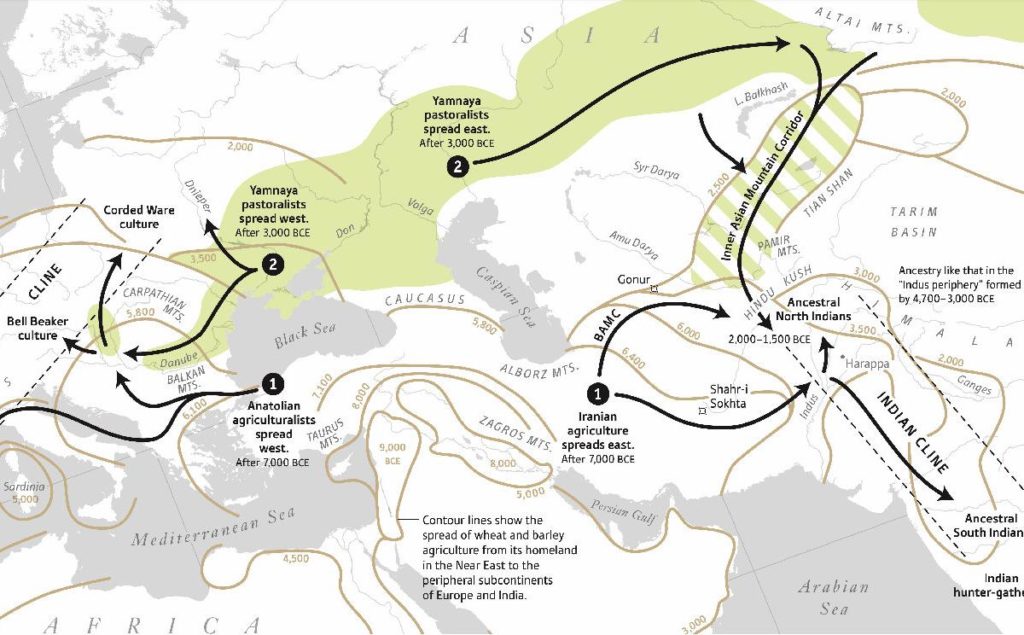
The History Podcast continues and this week we present Episode 2.
We take a detour and talk to Razib Khan, founder of the Brown Pundits blog and the BrownCast. Razib is a Geneticist by profession and publishes a sub-stack on what genetics tells us about our past. We look at the people who inhabited the Indian Sub-continent through the lens of genetics and ancient DNA and talk about what that tell us about the strands of origins, migrations, invasions, and
assimilation amongst the people of who have inhabited the sub-continent for millennia.
Apart from the usual suspects, the Mitannis, the ancient Greeks and graves in Kazakhstan make an appearance. So do Agent K and Agent J from the movie Men in Black. Joining Maneesh Taneja in this conversation are Gaurav Lele, Mukunda Raghvan and Shrikantha Krishnamachry.
We look forward to your comments and feedback.
Episode 2: Indian history through genetics
You can listen on Libsyn, Apple, Spotify, and Stitcher (and a variety of other platforms).
Speakers & their twitter handles:
Razib Khan – @razibkhan Gaurav Lele- @gaurav_lele, Mukunda Raghvan- @raghman36, Shrikanth Krishnamachry – @shrikanth_krish and Maneesh Taneja- @maneesht
Links to Sources/Reference Material:
- https://razib.substack.com/
- https://reich.hms.harvard.edu/
- https://scholar.harvard.edu/vagheesh/home
- https://razib.substack.com/p/podcast-countdown-to-2021-day-2-vagheesh
- India genetics – Gene Expression (gnxp.com)
- Reconstructing Indian Population History (nih.gov)
- Genetic Evidence for Recent Population Mixture in India (nih.gov)
- The Formation of Human Populations in South and Central Asia (nih.gov)
- An Ancient Harappan Genome Lacks Ancestry from Steppe Pastoralists or Iranian Farmers – PubMed (nih.gov)